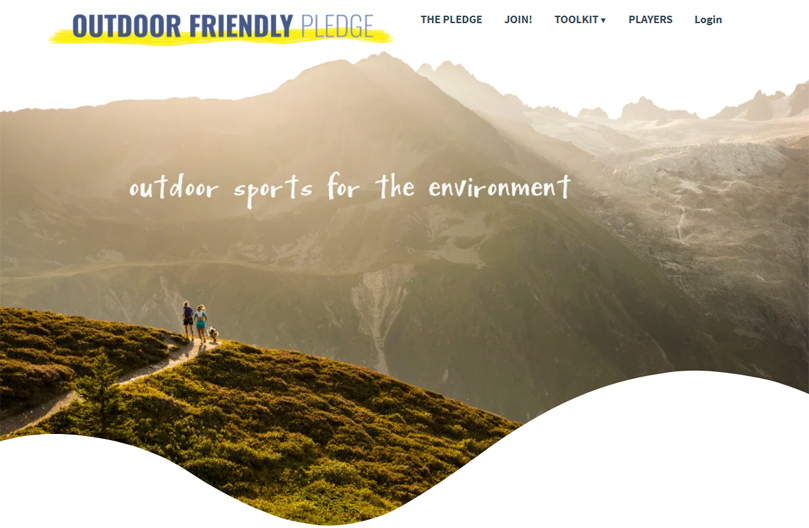
This is not a reality of today because we can produce high performance gear with much cleaner technologies. This demands the use of other sources and treatments… but it is totally possible today.
We all love to play in the mountains and many of us see them as extensions of our souls. They are bigger and more powerful than us, yet we don’t always realize how fragile they are.
After interviewing Pascal Egli about fast melting mountain glaciers, we reached out to Kilian Jornet to ask him about some projects that he has initiated recently with the goal of protecting mountains and our natural environment.
On one hand, these initiatives can be seen as hypocritical on Kilian’s part as he has traveled around the world extensively for competitions and for adventures. On the other hand, it is important to have someone with great influence in the mountain community to be leading such efforts.
» Kilian’s projects: Kilian Jornet Foundation and Outdoor Friendly Pledge
» Instagram for Kilian’s Foundation: @kilianjornetfoundation
Q: Kilian, we all know you as a competitor and a mountain athlete first, but we also know that you have a deeper relationship with mountains and nature. What draws you outside every day?
For me it is quite simple, outside is where I belong. When I am in the mountains I feel at home, I feel happy and that I am where I should be. This feeling never happens when I am in a city, inside walls or on flat land.
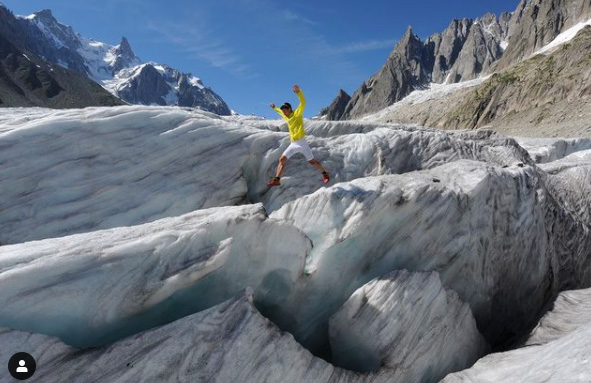
Q: As someone that has traveled around the world to compete and for adventures extensively, when did you realize that you were perhaps greatly adding to the problem of climate change?
Since I was a child I had an environmental knowledge. My parents showed me and my sister the connection we have with all of nature’s elements. They made me realize that we as people are part of an ecosystem and that it is important to preserve it, so the ecosystem continues to work.
I think I had tried to keep my lifestyle in general as sustainable as possible – being vegetarian, living in low energy ways, trying not to have many material things – but I had lied to myself by saying that the traveling was part of my job. It is something I had taken for granted as a pro athlete.
I had the opportunity to travel a lot and I did not think too much about it. I did it because it was possible and “normal”. But you realize quickly that the biggest part of my footprint comes from the travels.
Over the last 3 years, I have been consciously reducing my travels. First, by changing travels to be an exception and not the norm. I cut travels that were not that meaningful – to training camps, to do a talk, to do a race that was not my big goal, etc.
I love traveling and there are places I want to go, but I think for me now, it is important to only travel when it is a special occasion, maybe once a year. For anything else, it is probably possible to do close to my home.
Q: In September, you announced the creation of Kilian Jornet Foundation. Tell us more about its goals and what it means for you?
Over the last years, I have been increasingly concerned about the environmental footprint I have been making personally and we as a society.
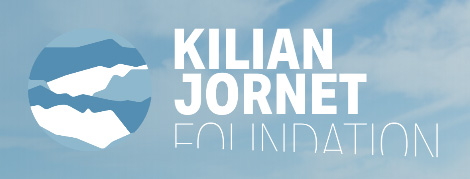 Perhaps, when my daughter was born it was an acceleration of this concern. With her, it became easier to imagine how mountains and nature might look like when the next generation will be our age. It also became clearer what we should do so they can enjoy nature as we are able to.
Perhaps, when my daughter was born it was an acceleration of this concern. With her, it became easier to imagine how mountains and nature might look like when the next generation will be our age. It also became clearer what we should do so they can enjoy nature as we are able to.
I used my channels (social media and press) to talk about it, but I thought I should do more. I was collaborating with some associations and environmental projects, and I came to a realization that the best way I could use my voice and to develop projects was by creating a foundation.
The foundation’s mission is to preserve mountain environments. Right now, that means “fighting” climate change, preserving biodiversity, reducing pollution, but also thinking of new models for mountain areas – more sustainability, the role of tourism, etc.
Q: What are the main actions the foundation is taking?
We work in 3 different pillars:
We support research, because I believe that scientific studies will tell us what the best tools are to achieve the goals and to monitor the progress.
Secondly, we are raising awareness and education, and to bring the conversation about environmentalism to a larger audience and give them tools to be more sustainable.
The third pillar is direct actions. These are actions directly in a specific environment or area to solve a local or a temporary issue. This can be planting trees, cleaning a mountain area, or building a more sustainable infrastructure, etc.
View this post on Instagram
Q: One of the projects you launched through the foundation is Outdoor Friendly Pledge. What is the project about? Why is it important?
The Outdoor Friendly Pledge are 10 environmental commitments for each of the outdoor sports players:
- Athletes
- Event organizers
- Brands and manufacturers
- Federations
Those commitments are related to the Paris agreement and the UN SDGs, but the pledge is much more than to sign and forget.
The Pledge is a platform with practical resources, tools, and ideas on how to achieve different goals. Also, it is a place to monitor and check that the ones taking the pledge are doing the transition necessary to achieve the goals.
I think it is important to see all the players in the same place, because sustainability is not only a brands’ or athletes’ problem. Each of us have a different role and most of them are linked, so we need to collaborate to make outdoor sports more friendly for the environment.
For me, it is also important that the Pledge is not a place for shaming – to show what you are doing better than others – but rather a place to provide ideas and tools for others, so we can all help and inspire each other.
Q: Can you give us examples of less obvious actions that athletes, or mountain lovers in general, can take to help protect the mountains?
Of course, the important actions are related to traveling, but then also it is about our gear and how we act when we go to natural areas.
As an example, the goal 8 in the Pledge, we all have in mind the 5R – refuse, reduce, reuse, repair, recycle – but when it comes to the practical it is not that obvious. We have this waterproof jacket and we don’t know how or where we can repair it, or how we can repurpose it. So, in the toolkit, there is a directory with information to find those ideas and repair places.
Another topic is our impact on biodiversity, the goal 7. We likely know the things we can or cannot do in our home mountains, but because every ecosystem is different our impact will change as we visit a different area.
For example, to take a bath in many lakes where amphibians are living – frogs, lizards, etc. – it puts them in danger, because of our bacteria and the creams we use (sun cream, deodorant).
Also, some regions have erosion or other problems, but it is difficult to find the information regarding each area. You need to spend a full day navigating on the internet to find this infos, so we wanted to make a directory to share all this easily.
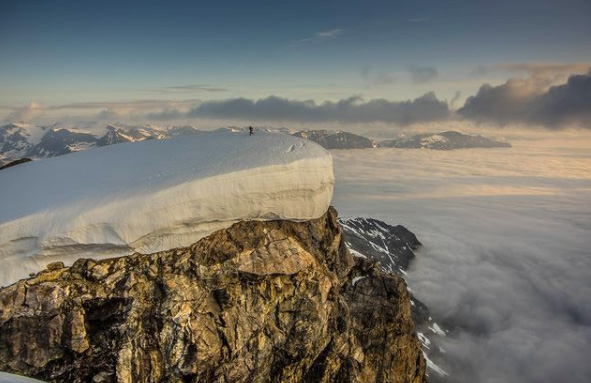
Q: What role do you think outdoor gear manufacturers can play? Also, should they try to sell less gear instead of more?
They play a big role, because they produce the gear we use. So, if they reduce their footprint then each user will reduce theirs.
They have an important role in the waste management – from the leftovers of the cutting patterns (from fabric, rubber…) to the packaging and the circulation of the products.
Today, most of the products are a craft-to-grave model but the products should have a circularity in its lifecycle. This comes from the production model (using recycling materials and being recyclable let’s say), but also in the circular economy model by promoting durability, 2nd hand, renting, unseasonal collections, etc.
Also, the use of chemicals and microplastics is substantial in the outdoor industry, because our gear are often high performance products that use materials that deliver the great performance, but they are not very sustainable – such as PVC, PFC, or using hazardous chemical treatments.
But this is not a reality of today, because we can produce high performance gear with much cleaner technologies. This demands the use of other sources and treatments which require some changes in the production, but it is totally possible today.
Another example is, when it comes to pollution and carbon footprint, the 90% of a company’s carbon footprint does not come from its own operations, but from its supply chain – suppliers’ own emissions, logistics emissions, material sourcing, etc. – so it is important to focus there as well.
Another important issue is what marketing and communication of the brands is promoting because they certainly have a key role in raising awareness and helping to shape consumer behaviour.
When it comes to the question of “selling more or less”, there is the link between the user and the brand, and the brands listen to what consumers asks for. So, if consumers buy more durable materials or ask constantly about reducing the environmental footprint of their equipment then brands will accelerate that transition – this is also our role as sponsored athletes, to push them every day!
Also, brands have the role of providing repair facilities or not making seasonal collections but rather making unique collections with updates only when there are significant improvements.
Q: As a final question, what other projects are you dreaming about – personal, athletic, or with the foundation?
As an athlete, I want to keep seeking performance but probably by doing more different activities.
What makes me dream right now is climbing and alpinism than doing trail or skimo races. For sure, I will do a few races every year but more as a complement of the alpine activities instead of racing being the main goal.
For the foundation, I have a lot of ideas and projects I would like to do. We are a very small foundation, but I love to put my energy and time into it – to develop projects and to cooperate with other people and institutions that have the same interests. I think that through such collaborations that these projects can be done.


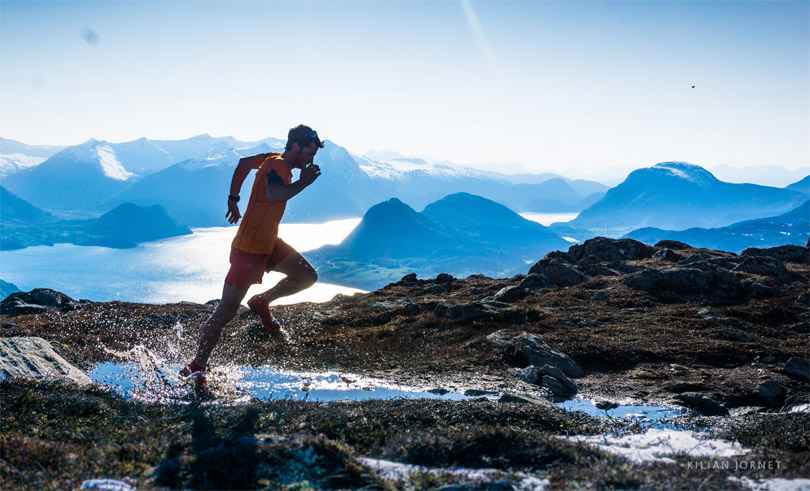

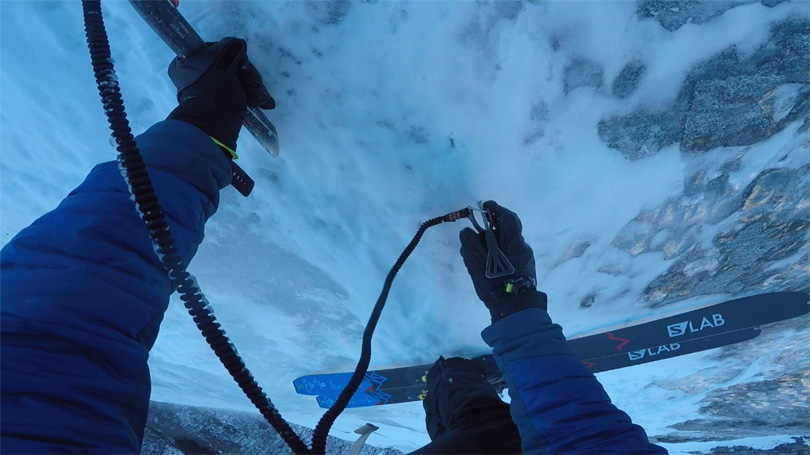
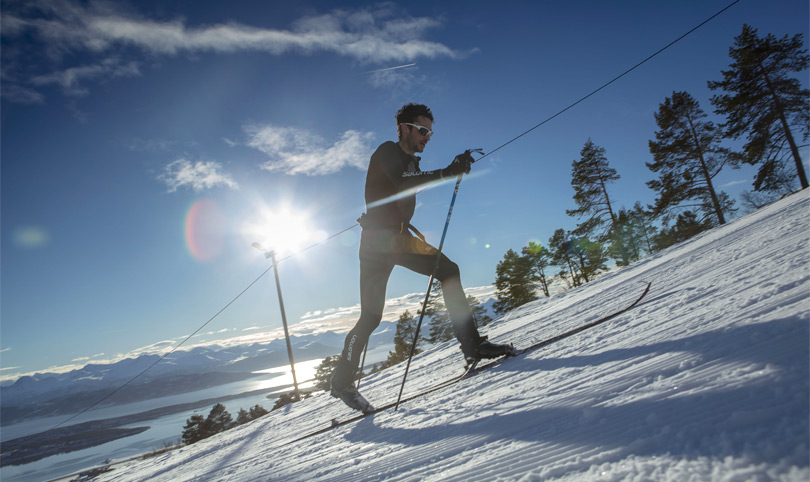
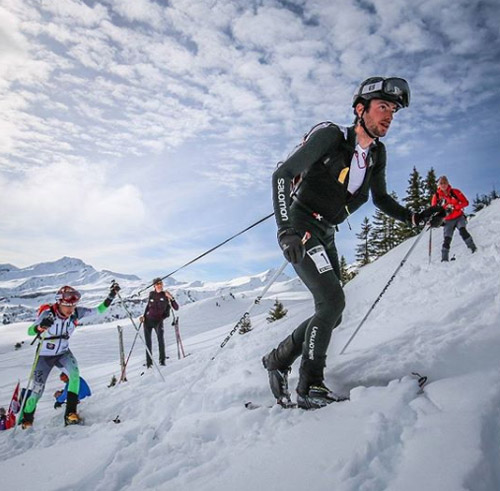 Firstly, for where this Olympic dream is taking the sport. It is no longer an endurance and a mountain sport. Races are shorter, on piste… it is making for an uninteresting sport for the non-elite athletes.
Firstly, for where this Olympic dream is taking the sport. It is no longer an endurance and a mountain sport. Races are shorter, on piste… it is making for an uninteresting sport for the non-elite athletes.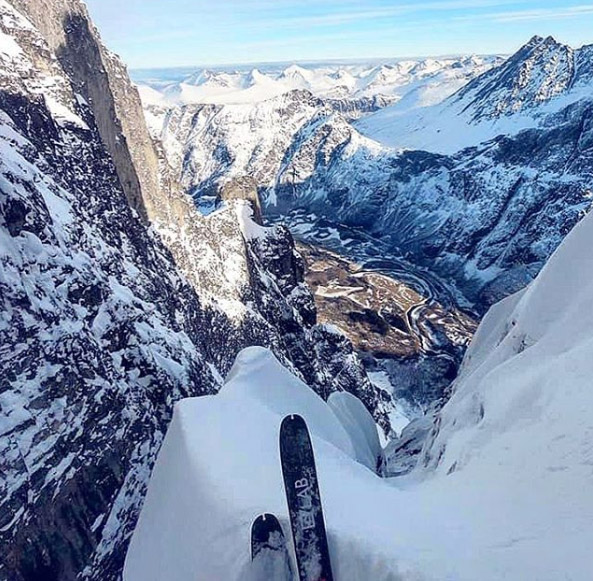
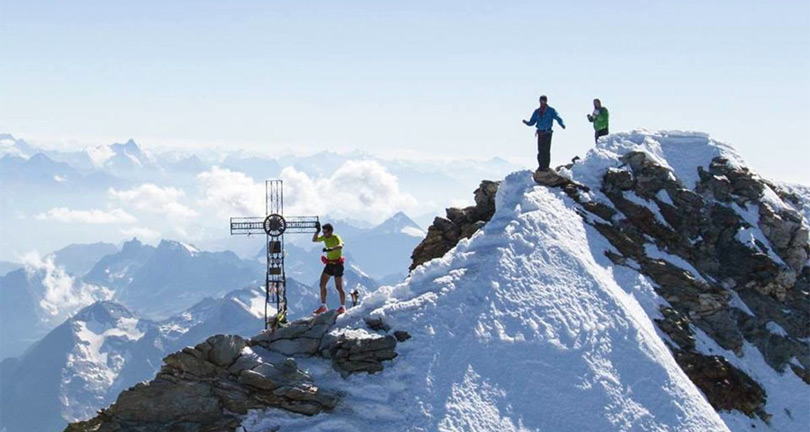
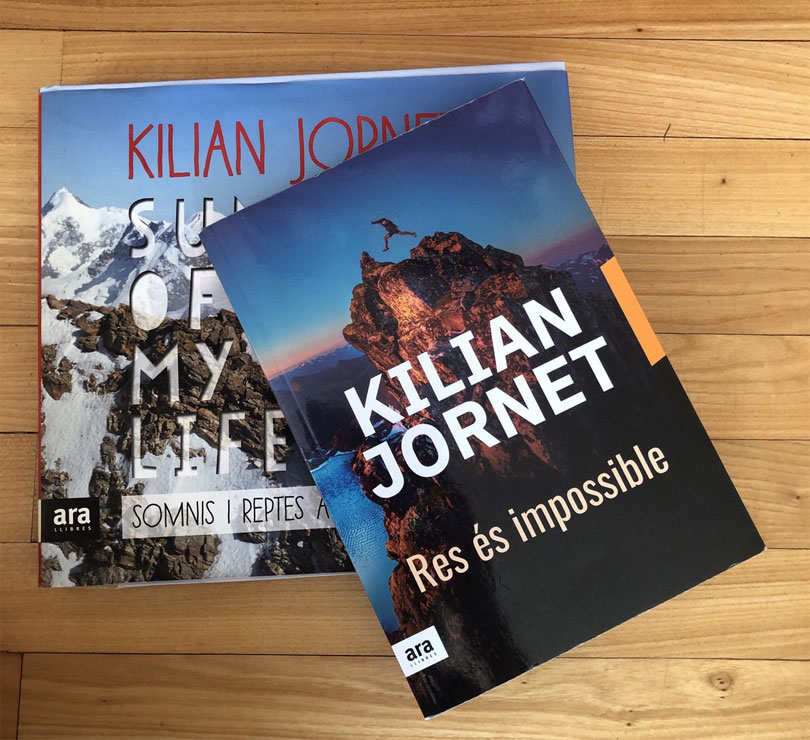
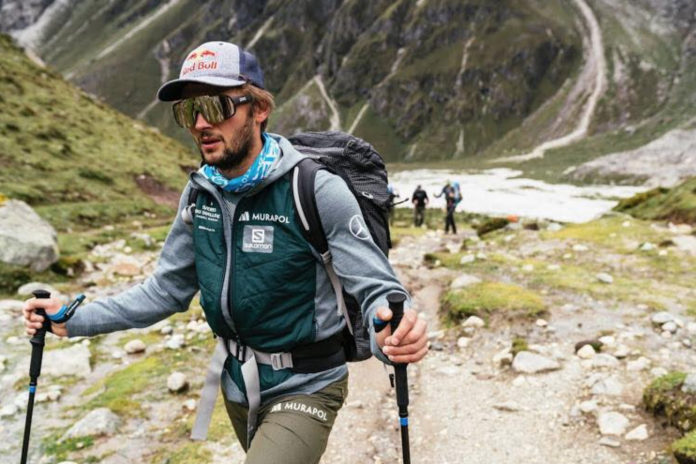
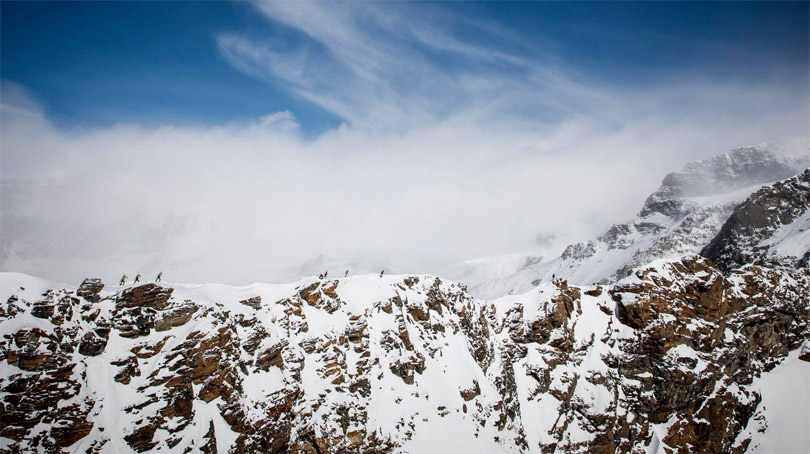
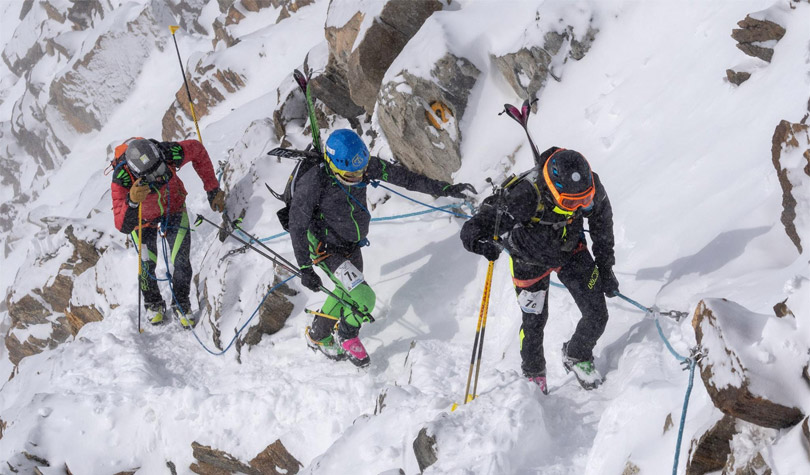
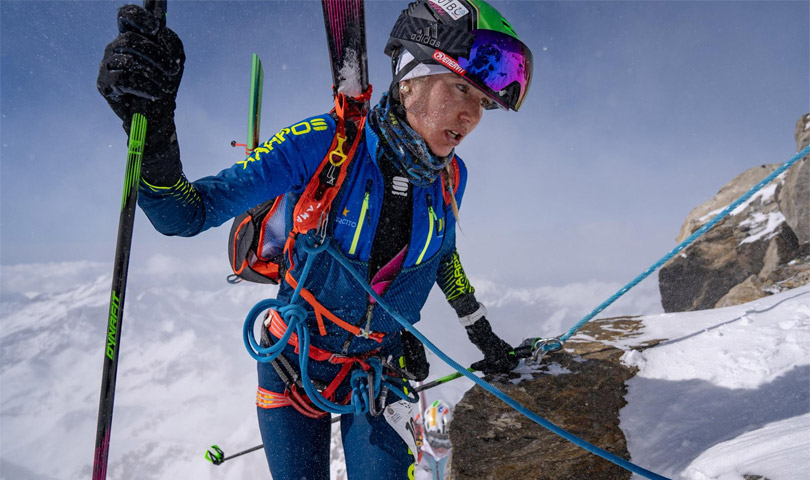
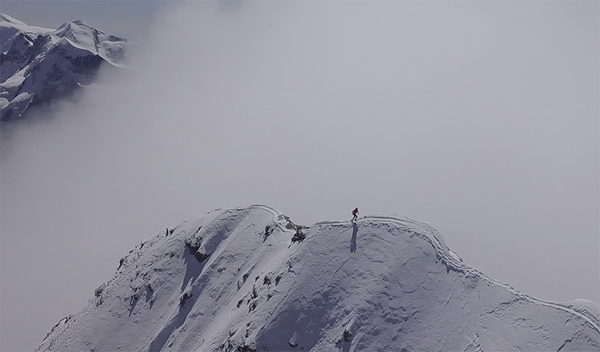
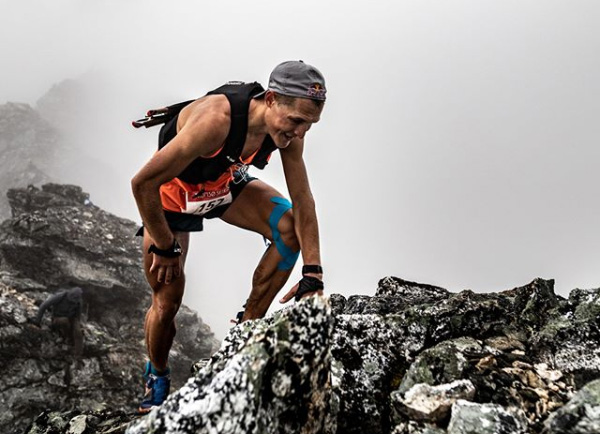
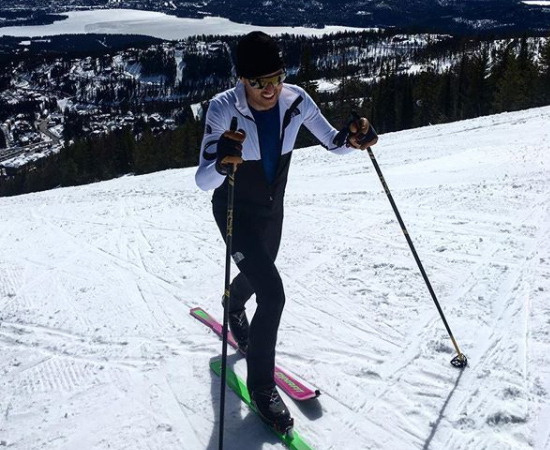
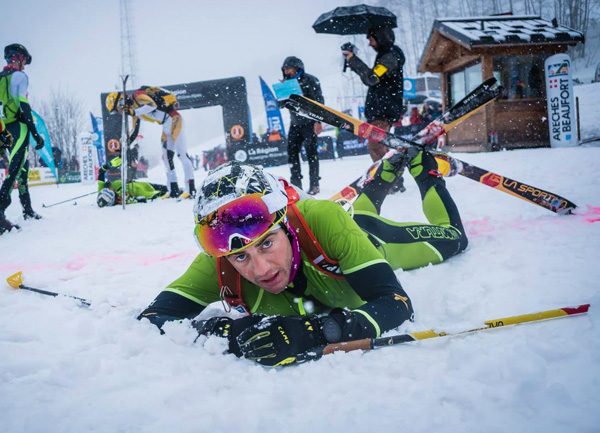
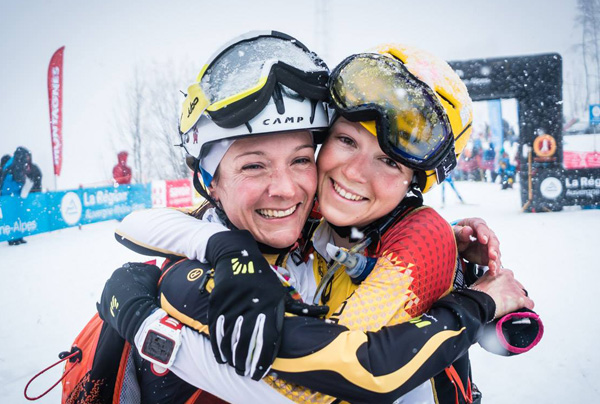
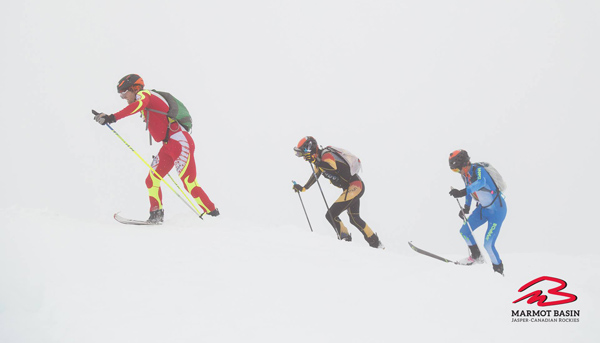
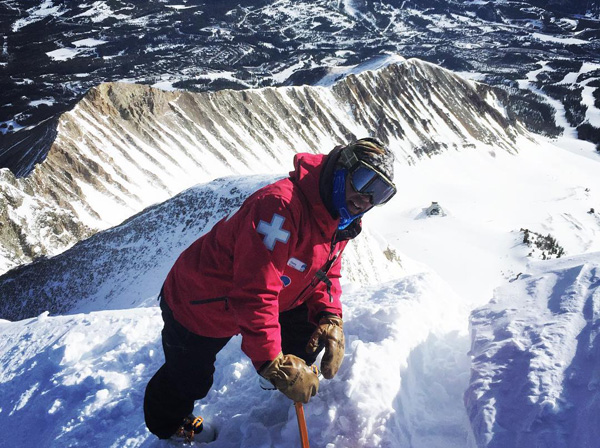
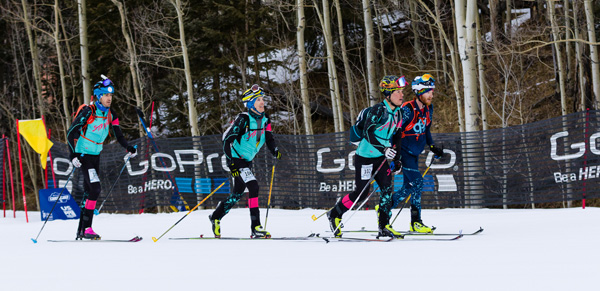
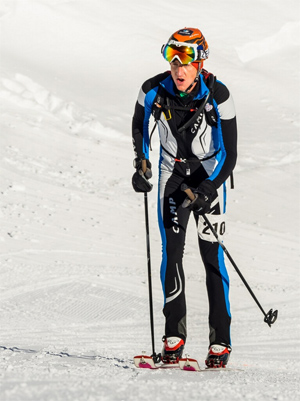
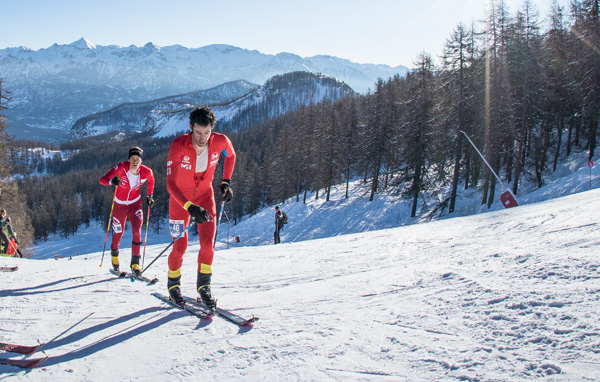
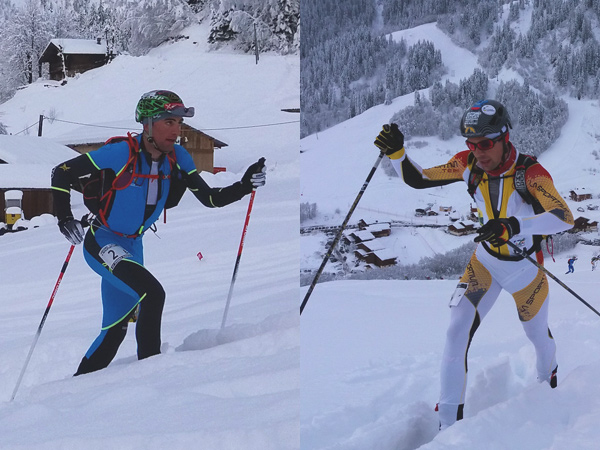
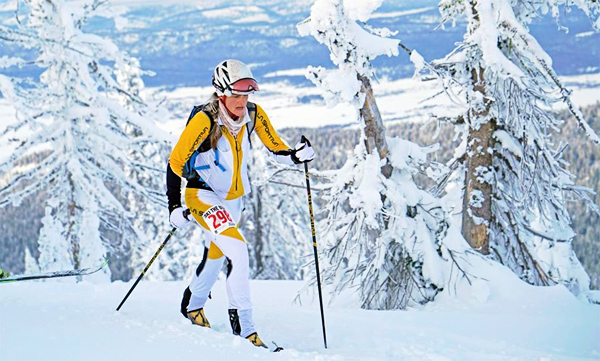
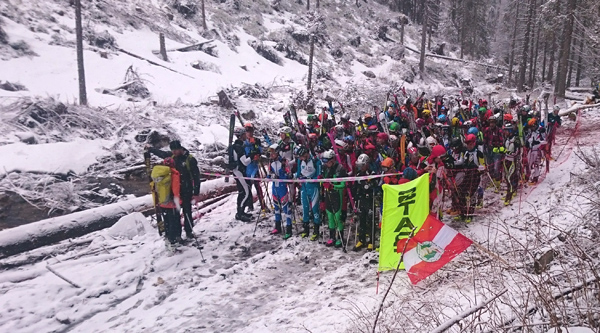
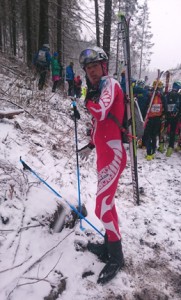
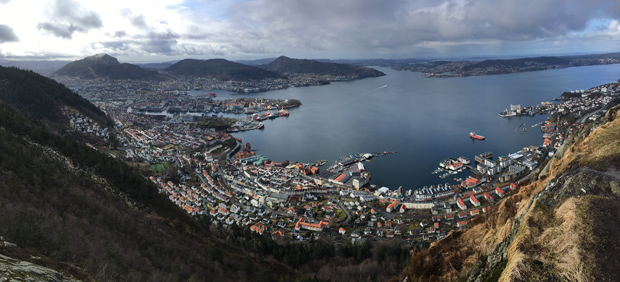
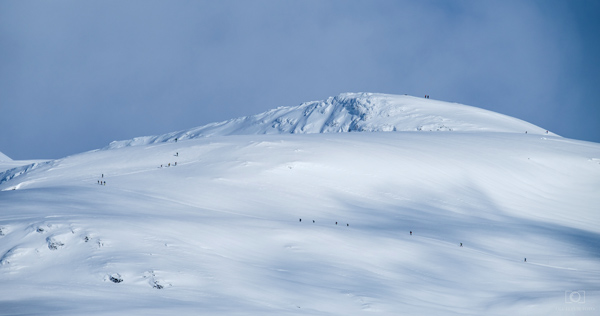
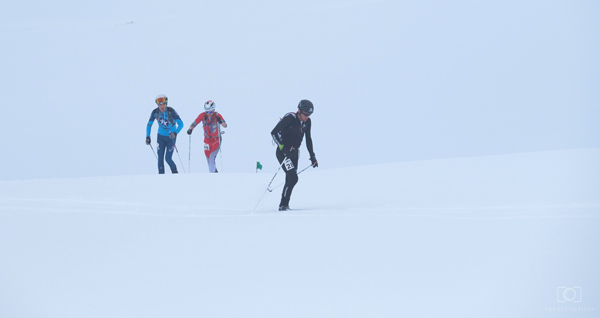
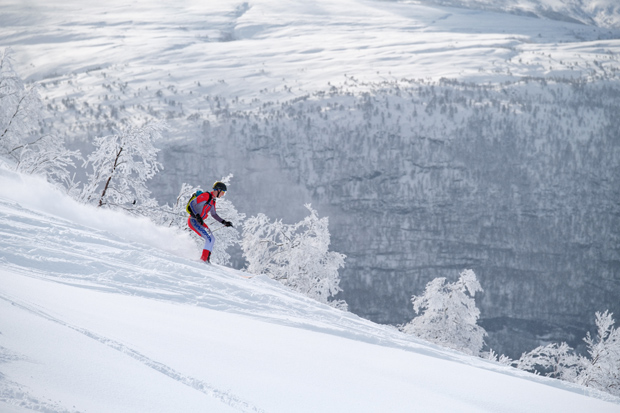
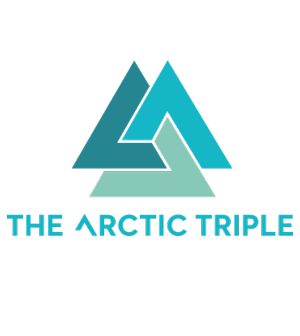
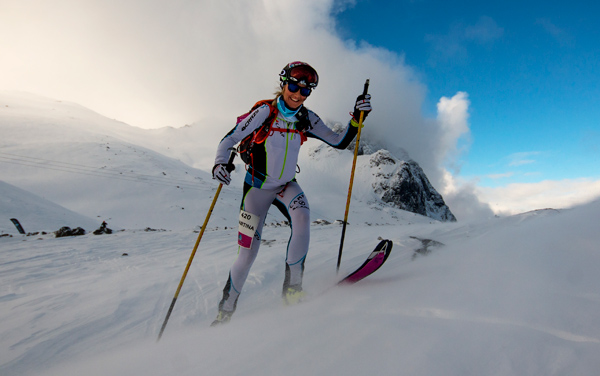
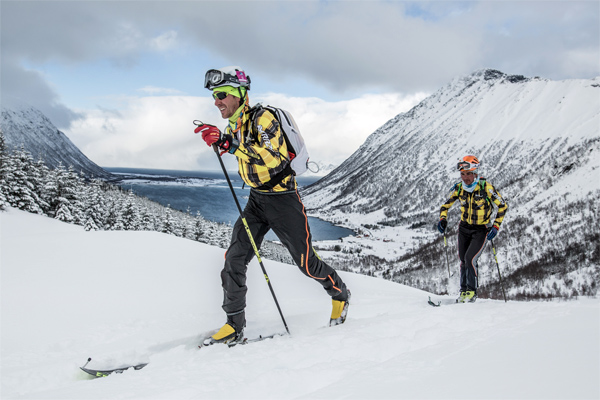
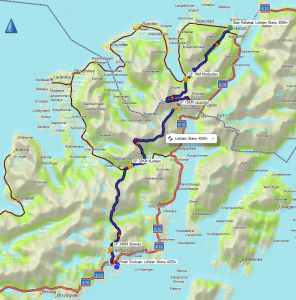
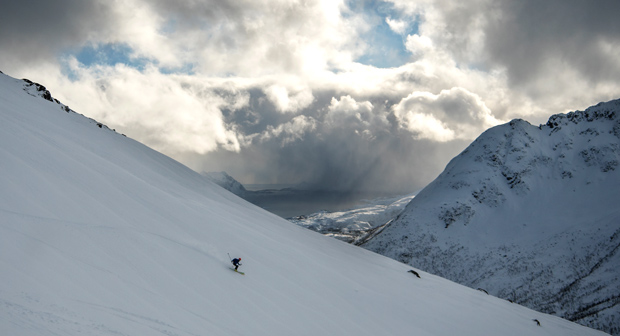 Results:
Results: